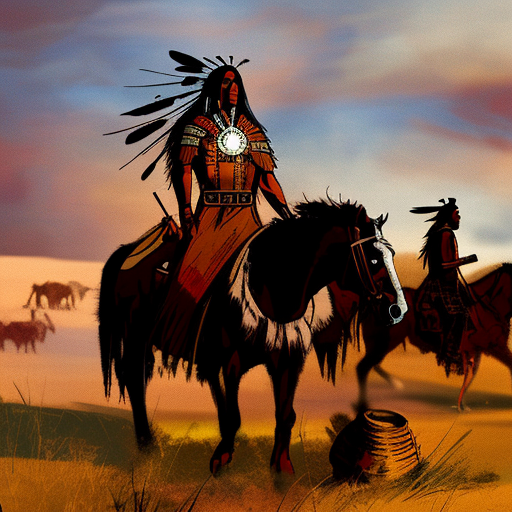Summary: Bury My Heart at Wounded Knee: An Indian History of the American West is a powerful and heartbreaking account of the systematic destruction of Native American tribes in the 19th century, highlighting the injustices they faced at the hands of the United States government and settlers. Through a series of narratives, author Dee Brown sheds light on the tragic events that unfolded during this dark period in American history.
The Broken Promises and Betrayals
The book begins by chronicling the early interactions between Native American tribes and European settlers, focusing on the broken promises and betrayals that marked these encounters. From the signing of treaties that were later disregarded to the forced removal of tribes from their ancestral lands, the Native Americans were repeatedly deceived and mistreated. The author exposes the hypocrisy of the U.S. government, which often claimed to be acting in the best interest of the tribes while pursuing its own expansionist agenda.
The Trail of Tears and Forced Assimilation
One of the most devastating chapters in Native American history was the forced removal of the Cherokee Nation from their homeland, known as the Trail of Tears. Brown vividly describes the harrowing journey endured by thousands of Cherokee people, resulting in the deaths of thousands due to disease, starvation, and exposure. This tragic event serves as a stark reminder of the lengths the U.S. government was willing to go to displace and assimilate Native American tribes.
The policy of forced assimilation, exemplified by the establishment of Indian boarding schools, is another dark aspect explored in the book. Native American children were forcibly taken from their families and sent to these schools, where they were stripped of their culture, language, and identity. The devastating impact of this policy on Native American communities is examined, highlighting the long-lasting trauma inflicted upon generations.
The Massacres and Resistance
Bury My Heart at Wounded Knee also delves into the numerous massacres perpetrated against Native American tribes. From the Sand Creek Massacre to the Battle of Little Bighorn, Brown recounts these brutal events with a raw and unflinching narrative. The book emphasizes the courage and resilience of Native American leaders such as Sitting Bull and Crazy Horse, who fought valiantly to protect their people and their way of life.
Throughout the book, Brown challenges the prevailing narrative of Native American savagery and presents a more nuanced perspective on the conflicts between tribes and settlers. He highlights the cultural richness and complexity of Native American societies, dispelling stereotypes and misconceptions that have persisted for centuries.
- The book exposes the systematic destruction of Native American tribes by the U.S. government and settlers.
- It sheds light on the broken promises and betrayals that marked the early interactions between Native Americans and European settlers.
- The Trail of Tears and forced assimilation policies are explored, revealing the immense suffering endured by Native American communities.
- The book highlights the courage and resistance of Native American leaders in the face of massacres and displacement.
“I am tired of talk that comes to nothing. It makes my heart sick when I remember all the good words and all the broken promises.” – Chief Joseph
Bury My Heart at Wounded Knee serves as a powerful testament to the resilience and strength of Native American tribes in the face of overwhelming adversity. It challenges readers to confront the painful truths of America’s past and recognize the ongoing struggles faced by indigenous communities today. The book is a call to action, urging society to acknowledge and rectify the injustices inflicted upon Native Americans throughout history.












